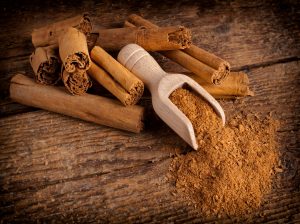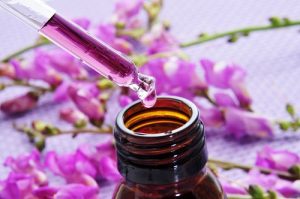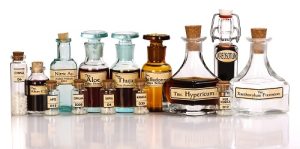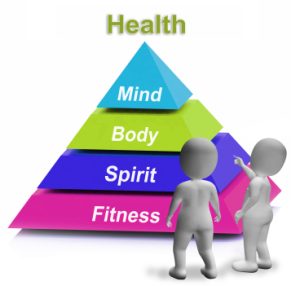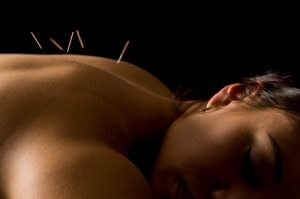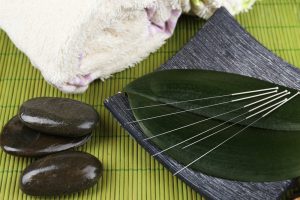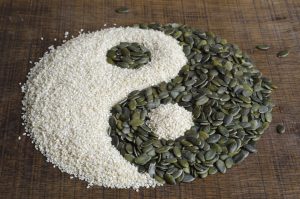Holistic Nursing Professionals suggest cinnamon for their clients because it offers a wide range of health benefits that make it a valuable addition to any wellness routine. Firstly, it has been found to help regulate blood sugar levels, making it beneficial for individuals with diabetes or those at risk of developing the condition. Additionally, cinnamon has been shown to improve heart health by reducing cholesterol levels and lowering blood pressure. Its anti-inflammatory properties also make it a potential ally in managing conditions such as arthritis and inflammatory bowel disease.
Furthermore, cinnamon has antimicrobial properties that can help fight off infections and boost the immune system. It has also been found to have anti-cancer properties, particularly in preventing the growth and spread of cancer cells. Lastly, cinnamon has been associated with improved brain function, including enhanced memory and cognitive abilities. With that in mind, it’s no wonder holistic nursing experts use it in their daily lives.
It’s the oils and chemical compounds found in cinnamon that gives it the healthy benefits. Because of these compounds, it helps regulate sugar levels, cholesterol and its anti-inflammatory! If you want to learn what exactly cinnamon is and why it’s beneficial to you then you should read the article below:
Incorporating Cinnamon into Your Wellness Routine
There are various ways to incorporate cinnamon into your daily wellness routine. One simple method is to sprinkle cinnamon powder on your morning oatmeal or yogurt for a flavorful and nutritious boost. You can also add cinnamon sticks to your tea or coffee for a fragrant and healthful twist. Another option is to use cinnamon essential oil in aromatherapy, which can promote relaxation and reduce stress. Additionally, there are cinnamon supplements available in capsule form for those who prefer a more concentrated dose.
Holistic Nursing Practices that Include Cinnamon
Holistic nursing practices that include cinnamon can range from simple home remedies to more specialized interventions. One common practice is to use cinnamon-infused oils or lotions for massage therapy, which can help alleviate muscle tension and promote relaxation. Aromatherapy using cinnamon essential oil can also be incorporated into holistic nursing practices to enhance emotional well-being and reduce stress levels.
In addition, some holistic nurses may recommend dietary changes that include the regular consumption of cinnamon. This can be done by suggesting specific recipes or meal plans that incorporate cinnamon as a key ingredient. By incorporating cinnamon into a holistic nursing practice, nurses can harness its many health benefits and support their patients’ overall well-being.
Research and Studies on the Effectiveness of Cinnamon in Holistic Nursing
Numerous research studies have explored the effectiveness of cinnamon in holistic nursing. For instance, a study published in the Journal of Medicinal Food found that cinnamon extract improved blood sugar control in patients with type 2 diabetes. Another study published in the International Journal of Preventive Medicine showed that cinnamon supplementation reduced cholesterol levels in individuals with high blood pressure.
Moreover, several studies have investigated the antimicrobial properties of cinnamon. One study published in the Journal of Food Science found that cinnamon oil exhibited strong antimicrobial activity against various strains of bacteria and fungi. These research findings support the use of cinnamon in holistic nursing as a natural remedy for multiple health concerns.
Holistic Nursing Certifications and Training
Holistic nursing is a specialized field that requires additional certifications and training beyond a basic nursing degree. Various organizations offer certifications in holistic nursing, such as the American Holistic Nurses Association (AHNA) and the National Certification Board for Therapeutic Massage and Bodywork (NCBTMB). These certifications provide nurses with the knowledge and skills necessary to practice holistic nursing and incorporate natural remedies like cinnamon into their care plans.
Holistic Nursing Services that Utilize Cinnamon
Holistic nursing services that utilize cinnamon can be found in various healthcare settings. Some hospitals and clinics have holistic nursing departments where nurses incorporate complementary therapies like cinnamon into patient care. Holistic wellness centers and spas also offer services that combine nursing principles with natural remedies, including the use of cinnamon. These services aim to provide a comprehensive and holistic approach to healing and wellness.
Conclusion
Holistic nursing, with its patient-centered approach and focus on the interconnectedness of mind, body, and spirit, offers a unique and effective approach to healthcare. By incorporating natural remedies like cinnamon into holistic nursing practices, nurses can tap into the immense healing potential of this spice. From improving blood sugar control to boosting heart health and supporting the immune system, cinnamon offers a multitude of health benefits that can enhance overall well-being. With proper certifications and training, holistic nurses can confidently utilize cinnamon as a natural remedy, empowering patients to take control of their health and unlock the power of holistic nursing.
CTA: If you’re interested in exploring the holistic nursing approach and incorporating natural remedies like cinnamon into your wellness routine, consult with a certified holistic nurse or explore holistic nursing certifications to expand your knowledge and skills in this field. Take charge of your health and unlock the natural remedy for wellness. For more information about becoming a certified Holistic Nursing Consultant then you should visit our Holistic and Integrative Healthcare program!
References:
WebMD – Roles and Benefits of Cinnamon
Additional Resources:
Cinnamon: A systematic review of adverse events, Mahdie Hajimonfarednejad, Et Al. Clinical Nutrition, Volume 38, Issue 2,2019, Pages 594-602, ISSN 0261-5614,
Chapter 33 – Beneficial Uses of Cinnamon in Health and Diseases: An Interdisciplinary Approach, Maria Leonor Tavares da Silva, Et Al. Editor(s): Ram B. Singh, Et Al. The Role of Functional Food Security in Global Health, Academic Press, 2019, Pages 565-576, ISBN 9780128131480,
The Potential Role of Cinnamon in Human. Błaszczyk, N. Et Al. Forests 2021, 12, 648.
Revisiting an ancient spice with medicinal purposes: Cinnamon, Regiane Ribeiro-Santos, Et Al. Trends in Food Science & Technology, Volume 62, 2017, Pages 154-169, ISSN 0924-2244,

